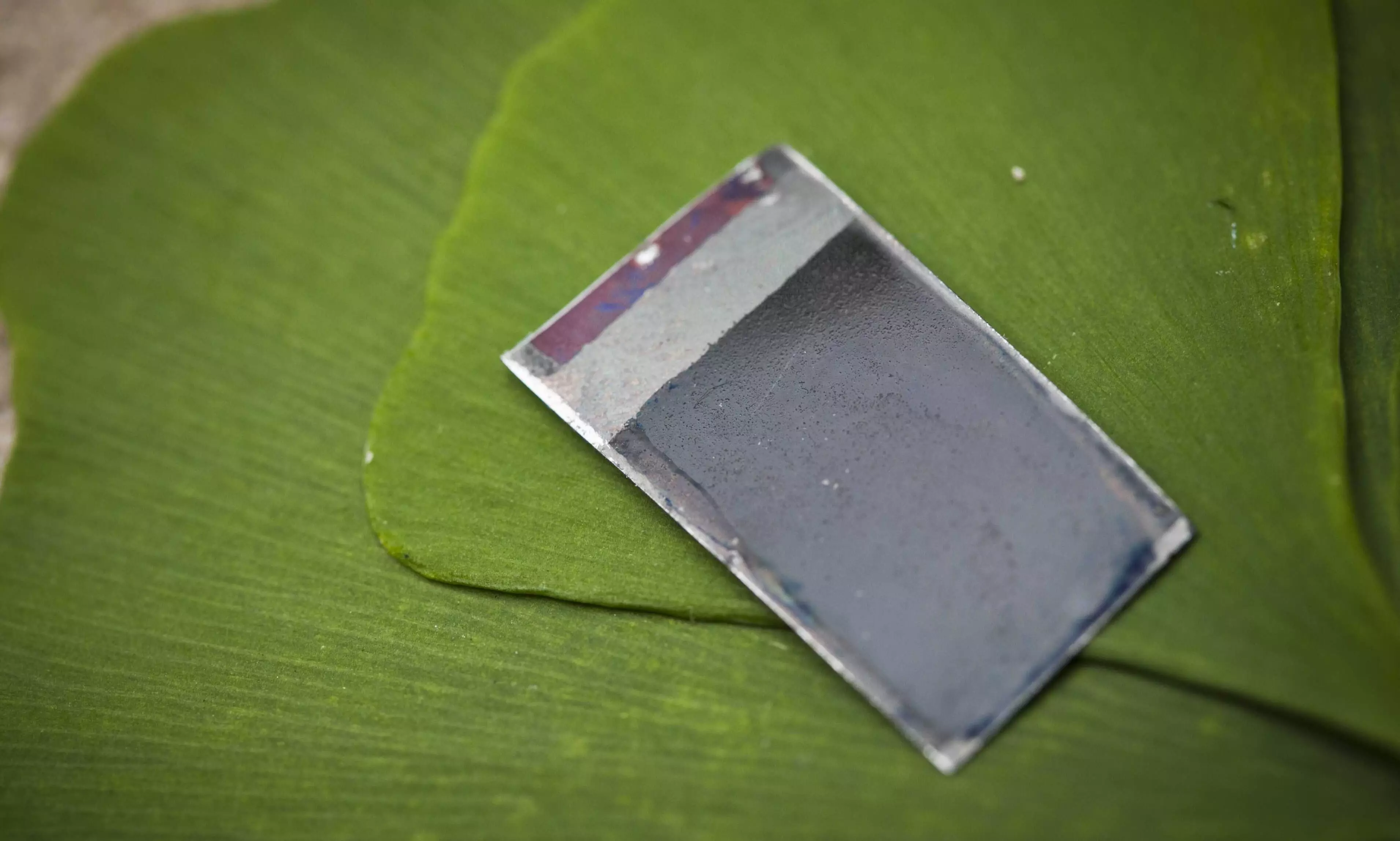
Ground-breaking technology: Artificial leaf turns sunlight into drop-in fuels
text_fieldsResearchers from the University of Cambridge have developed an innovative "artificial leaf" capable of converting carbon dioxide into liquid fuels using sunlight. This breakthrough technology could potentially provide drop-in fuels for internal combustion vehicles.
The study, published in the journal Nature Energy, describes a single-step process that mimics photosynthesis, transforming carbon dioxide, water, and sunlight into two multicarbon fuels: ethanol and propanol.
The team, led by Professor Erwin Reisner and research associate Motiar Rahaman, aims to address the environmental concerns associated with biofuels by creating sustainable, zero-carbon alternatives inspired by photosynthesis. While bioethanol is considered a cleaner option to traditional petrol, its production requires agricultural land that could otherwise be used for food crops.
Previously, the researchers successfully converted carbon dioxide into syngas, a combination of carbon monoxide and hydrogen. However, they sought to simplify the process and directly produce more complex chemicals, such as ethanol and propanol, without the intermediate step of creating syngas.
The initial prototype of the artificial leaf, developed in 2019, was bulky due to its composition of thick glass and moisture-protective coatings. To address this limitation, the team incorporated miniaturization techniques from the electronics industry. They utilized thin-film oxides and "perovskite" materials that can be coated onto flexible plastic and metal foils. Additionally, the leaf was coated with micrometre-thin water-repellent carbon-based layers to safeguard it from moisture.
By optimizing a copper and palladium-based catalyst, the researchers achieved the production of clean ethanol and propanol with the latest version of the artificial leaf. Although both fuels are generated simultaneously in the photoreactor, their stable mixture can still be utilized as a fuel source. To obtain pure ethanol and propanol, a separation process would be required.
Despite this significant advancement, the technology remains at the laboratory scale, and further improvements are necessary to enhance its efficiency before it can be scaled up for large-scale production of sustainable fuels. The researchers acknowledge the need for optimization and ongoing work to increase the output of the process.
The development of this artificial leaf offers promising potential for combating climate change and reducing carbon emissions by transforming carbon dioxide into valuable liquid fuels using sunlight. With continued progress, it could contribute to the advancement of sustainable energy solutions and a cleaner future for transportation.






